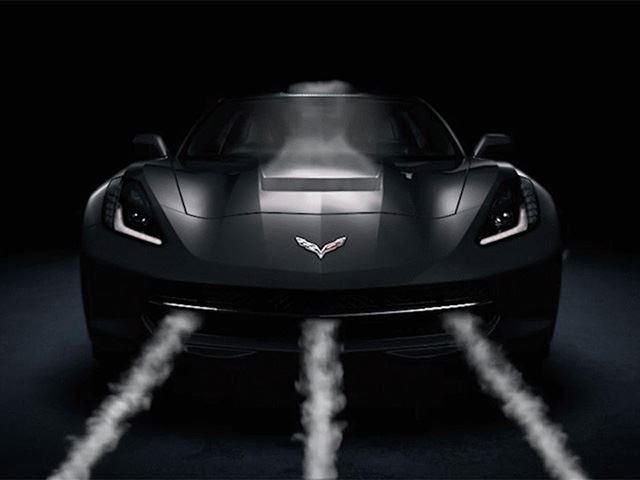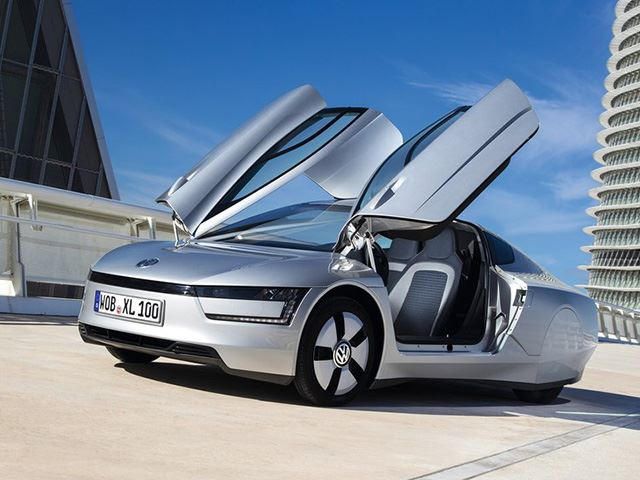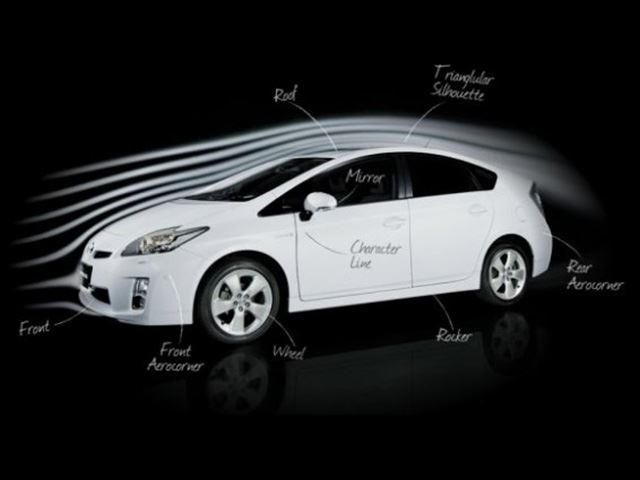
After the awkward streamlining phase of the first aerodynamic pioneers, things got drastically better. There is no better place to exemplify how far aerodynamics has come than the modern day production car. What used to be a niche design element became the mainstream, partially because of fuel economy standards and also because technology has gotten to the point that every feasible performance improvement that can be made has been integrated into everyday cars. The improvement of looks also made aerodynamic designs sexy.
In fact, aerodynamics have infiltrated the lineup of modern cars so thoroughly that wind resistant cars like the Mercedes G-Wagon are no longer the rule but the exception. Aiding in bringing air-cutting prowess to the everyday car was silicon. Up until recently, a car's drag coefficient was measured in wind tunnels. This made it difficult to improve designs because a car had to be fully constructed before it could be tested in the wind tunnel. Even clay models were tough to alter because millimeters of change would mean repositioning components and sacrificing structural integrity. On the other hand, computer models help designers know how a certain design interacts with the air before a component is produced.
Now, changes can be made while the car exists only on a hard drive, and this makes it so that every car, even low budget vehicles, can be designed with airflow in mind. Engineers also discovered that low drag isn't only derived from teardrop designs. Small things, like door handles, side mirrors, and panel gaps, are what add up to make a big difference. Aside from the obvious benefits of increased fuel economy and higher top speeds, aerodynamic improvements also aid with stability and wind noise. With proper aerodynamic design, an inexpensive car can have a smooth and luxurious drive while high-dollar cars with high drag coefficients can feel unrefined due to their battle with the wind.
Integrating low drag designs into attractive cars like the Mercedes S-Class and the Tesla Model S (both with a Cd of 0.24) is a huge breakthrough because now cars did not have to be ugly and outlandish to have a low Cd. Cars like the Toyota Prius show how aerodynamic efficiency can be successfully applied to a mass produced car. It's teardrop design, curved front and rear bumpers, rear lip, and shark fin antenna all enable the roomy interior to coexist with a Cd of 0.25. Despite all of these advances, there is still more that can be done. Experimental test cars like the Volkswagen XL1 (Cd of 0.19) look futuristic with their lack of openings and gaps on the front end, ultra-skinny tires, and covered rear wheel arches.
However many of these changes look ugly and make the car a pain to live with. It may take a decade or two until ultra-low drag cars can be designed with good looks and practicality, but until then, we can live with the Tesla Model S P90D.



